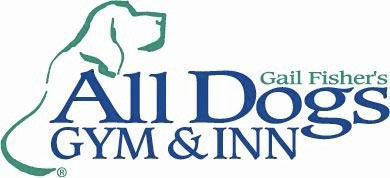Training
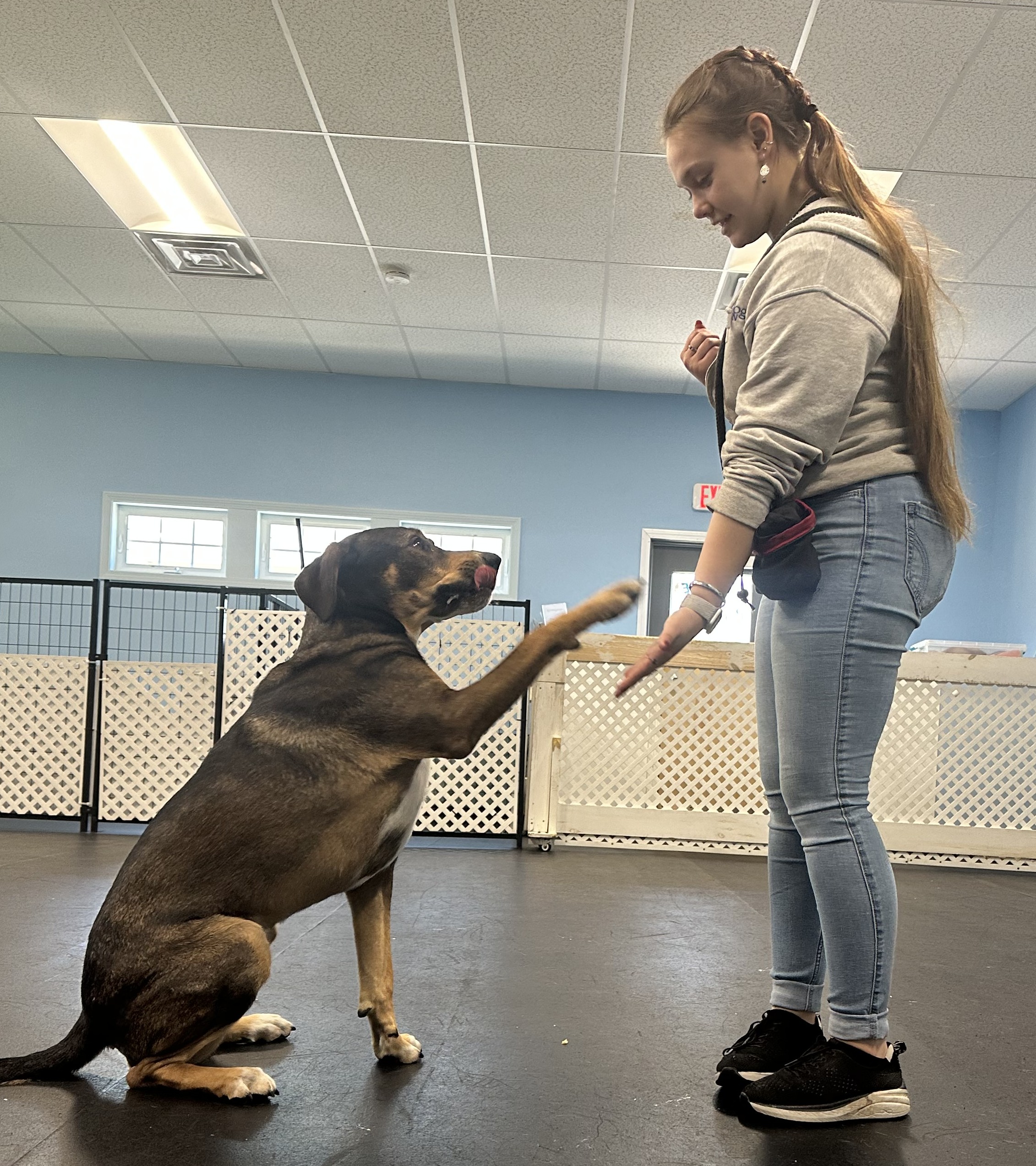
Positive Training for Real Results
Whether you have the perfect puppy, an exuberant adolescent, a problem dog, or anything in between, our programs can give you the results you want.
Voted the Peoples’ Choice for Dog Training in New Hampshire, we use positive reinforcement with a goal of creating cooperative, bonded relationships. Whatever your personal goal—from household manners to competitive dog sports to eliminating a problem behavior, or just having fun with your dog—we’ll help you get there.
Give Your Dog the Comforts of Home!
Book their stay at a resort that prioritizes fun, safety, and peace of mind.
CALL TODAY OR BOOK ONLINE:
Dog Training Group Classes
Our group classes are designed to be rewarding and fun for both ends of the leash. Whether your interest is in starting your puppy off right, improving your dog’s manners, or enjoying a dog sport together, our focus is on education, teamwork, and fun:
- Owners develop skills to train their dogs the way dogs learn
- Dogs learn behaviors to reach their owners’ goals
- Dogs and owners develop teamwork that creates a partnership
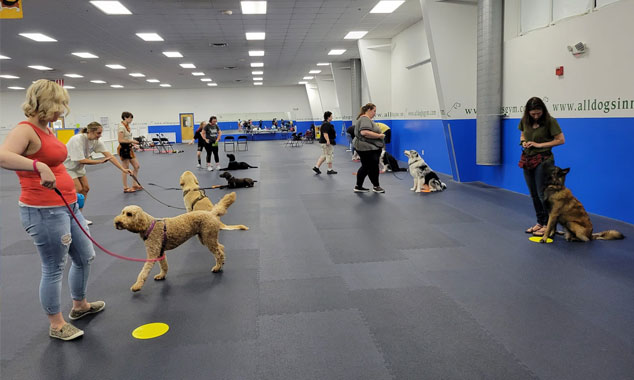
Our Manners Class Program
Puppy Kindergarten
Puppy Kindergarten provides essential socialization and positive experiences at this critical period in your puppy’s life. It is a 4 week class for puppies 8 weeks to 6 months of age. If your puppy is older than 5 months, sign up for our Elementary School class.
Elementary School
Whether you’re starting with a new puppy, want to train good manners, or plan to participate in dog sports and competitive events, Elementary School is where you begin.
Middle School
Middle School focuses on the manners our students have told us they want most, emphasizing recalls, polite greeting, avoiding unwanted behavior, and more.
High School
High School focuses on engaging your dog in new and creative ways. Classes offer useful and fun behaviors, taking your relationship to exciting new heights.
Honors Classes
You love your dog, and you love training. You especially love the relationship and teamwork you share. Our Honors Classes are geared toward earning titles and participating in competitive events.
Private Dog Training
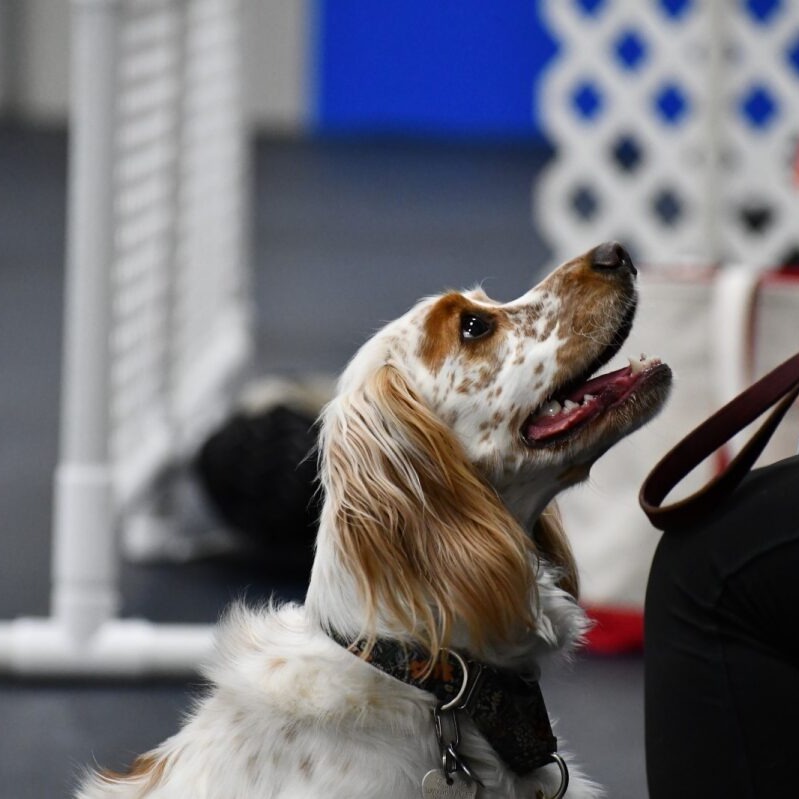
Private Training at All Dogs Gym includes:
- One-on-one sessions for you and your dog
- Our skilled, knowledgeable trainers
- Individualized coaching based on your needs, expectations and goals
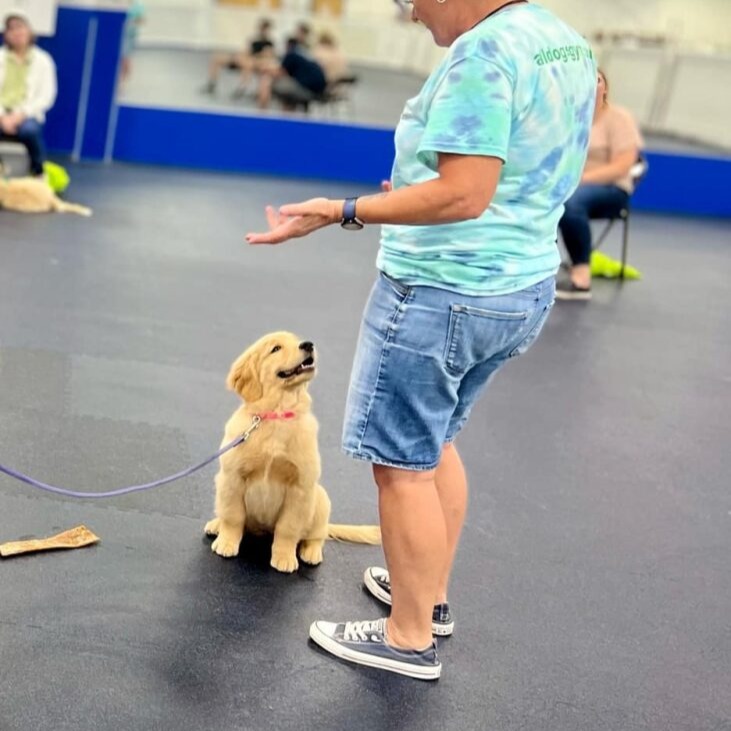
Who is Private Training for?
- Owners who are unable to attend a group class
- Those who prefer private lessons with individualized instruction
- Those who want extra practice to help reach their goals
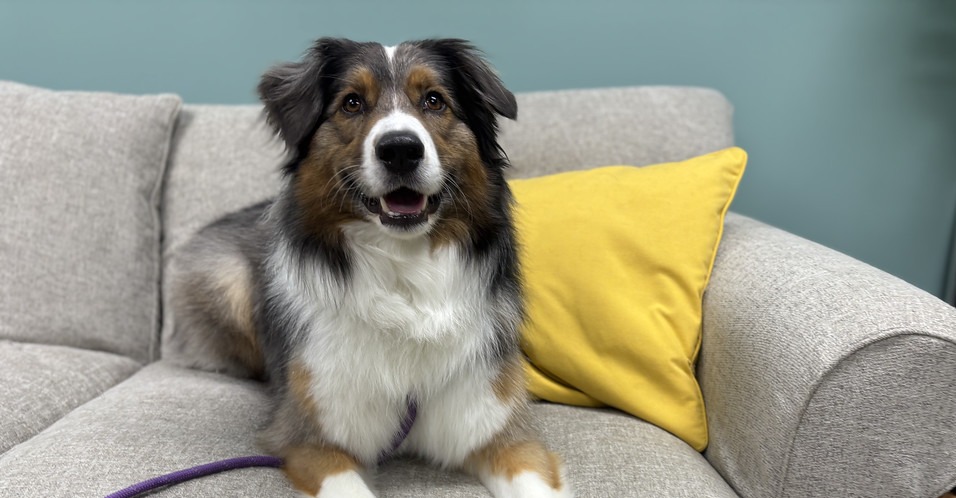
Boarding School
Our Boarding School program is a 14 day program to work on basic manners, including sit, down, stay, polite walking, and recalls. If you are interested please fill out our training questionnaire below.
We Have the Best Pet Parents
I attend group training classes here with my pup, the facility is always super clean and smells wonderful and the trainers really know their stuff. Ive never used the daycare or boarding services but if I needed thpse services this is one of the few places I would trust with my dog. The classes are so much fun, ADG has really helped my puppy grow into a happy, confident dog.
- Emily M.
A fun place for all dogs. The manners training was really effective even for our 4 yr old - I guess you can teach an old dog new tricks. The gym is super clean and well equipped. Staff is helpful and knowledgeable.
